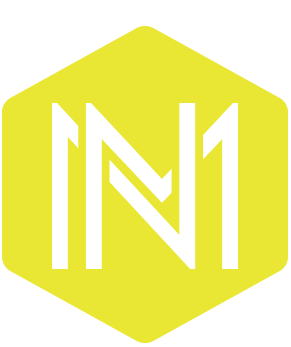In the last post we talked about offset vs. digital printing and I mentioned that with offset printing there wasn't a way to customize individual pieces without added costs. Variable data is a technique that utilizes the strengths of both processes to produce customized or personalized print materials in a cost effective way. Using this technique, the 'shell' of the piece is produced offset and then information flows in from a provided database or excel document to customize each piece. Producing things this way takes advantage of digital capabilities and avoids the need to set up each individual file. Variable data in it's simplest form is addressing envelopes or self-mailers (as seen below) in it's more complicated form it can be swapping in specific language, information, graphics or maps that are unique and designated for that particular recipient. This process is predominately used in mass mailings but can be utilized for other items that require individual set up, for example, company business cards, numbering event tickets, labeling credentials, etc.
The below 'shell' was produced offset. Here it is before variable data was applied.
The same piece addressed using variable data.
Understanding how variable data works and it's capabilities can be incredibly useful when you're dealing with files that require customization. It's a helpful tool and a great time-saver.






